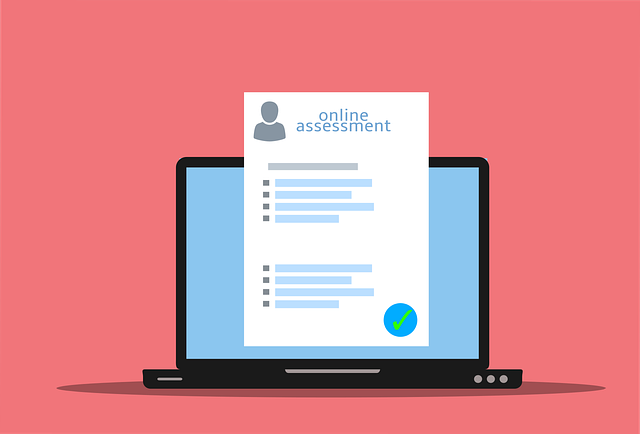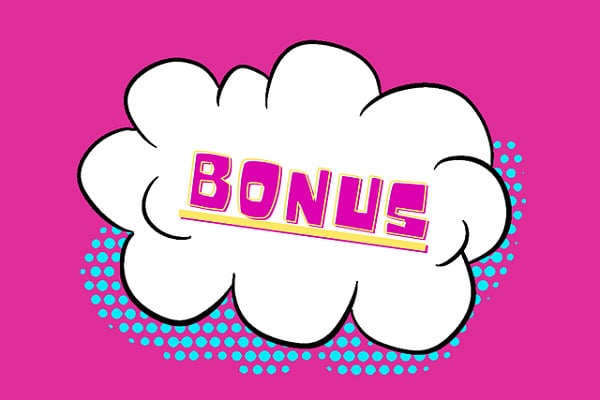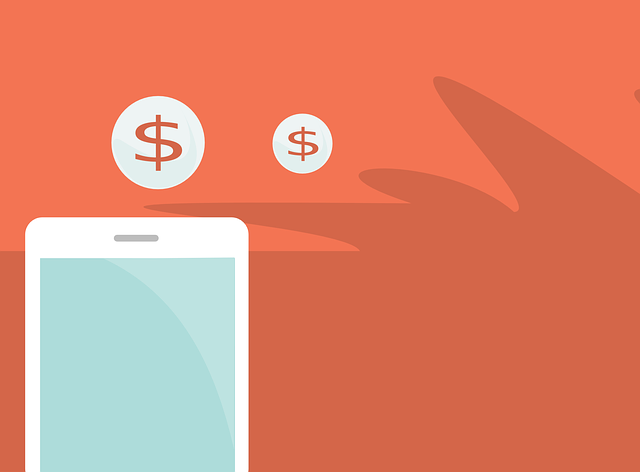How To Get 1,000 Subscribers on YouTube – Case Study #1
One of my favorite series on WebMonkey is my Road to A $100/Month Blog series.
While it's a short series, there's something deeply satisfying about tracking your milestones and goals and putting all of the information into a collection of posts.
I also think the process of honestly tracking something is useful for others.
In the case of blogging, I hope that my mini-series highlights that while it's possible to make money by blogging, it also takes a lot of work and dedication.
Since it's been about 3 months of steady work on my new YouTube channel experiment, I decided I want to start another series as well.
This is really going to provide a platform to track the growth of a new YouTube channel, to share some lessons, and to break down the entire process of how to make money on YouTube in general.
And, since the channel recently passed 1,000 subscribers, I thought it was a good idea to start this series off by looking back on some useful YouTube growth tips that have helped get there!
I recently put out a video on the topic as well, but I want to do a bit of a deeper dive on some of the strategies and findings in this post!
So, if you're wondering how to get 1,000 subscribers on YouTube for your own channel, this is the post for you 🙂
I'm no expert, but hey, I think this will be a fun case study either way!
Let's get to it!
Why 1,000 Subscribers Matters
I truly think that it doesn't matter if you start a blog or YouTube channel, the first few months are the toughest.
For blogging, making your first $100 per month is, in my opinion, that aha moment when you realize a blog can be something.
This is largely why I encourage new bloggers to apply to programs like Adsense before aiming for ad networks like Monumetric or Mediavine.
Now in terms of a YouTube equivalent, I think getting your first 1,000 subscribers is that aha moment.
This is for two reasons:
- Monetization Requirement. You need 1,000 subscribers and 4,000 hours of watch time to monetize your YouTube videos.
- Traction. I've noticed that my new videos now get a reliable boost of initial views and comments after going live, which is a massive advantage compared to having a brand new channel.
Now in terms of monetization, I'm not quite there yet; I need another 10-20 days to get my watch time up to the 4,000 hours:
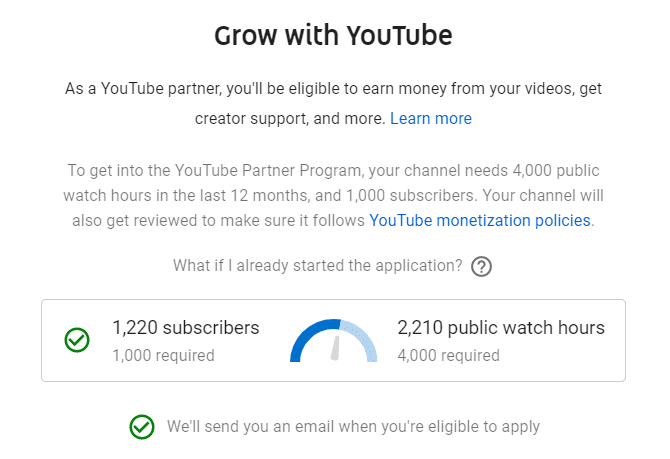
As for traction, there's no denying that the YouTube snowball effect is very possible and real.
The first few videos you make barely get viewership. However, all you need is one decent video to take off to help carry you to your first 1,000 YouTube subscribers:
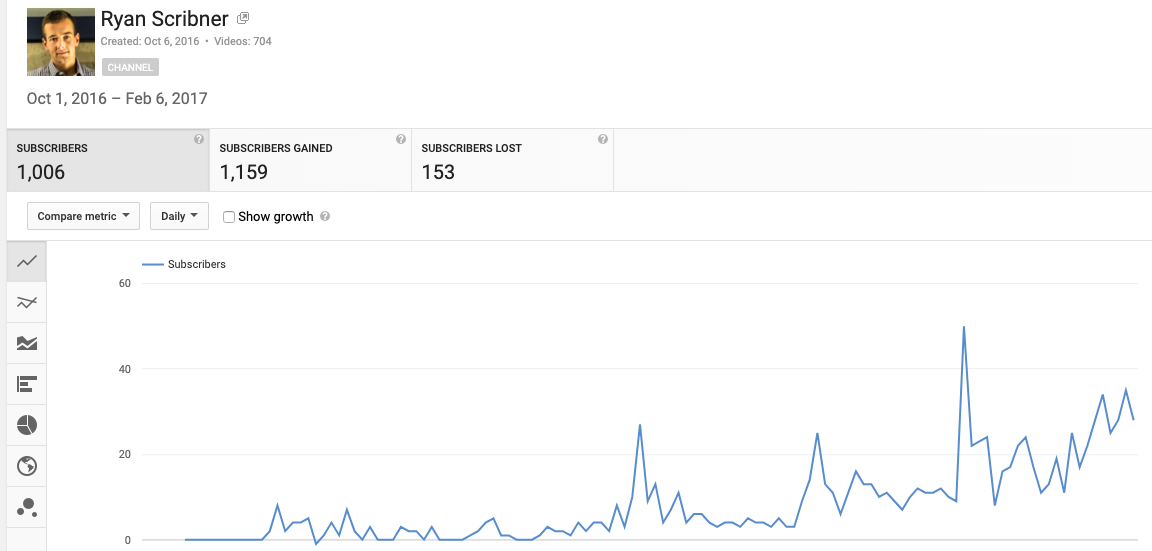
So, the real question is: how can you get your first 1,000 subscribers as quickly as possible, and what can you do to work smart not hard?
Allow me to share some pretty awesome YouTube tips I've been lucky to learn from people like my YouTuber friend Ben and some other successful content creators.
Extra Reading – When Does YouTube Send You Money?
1. Pick A Niche & Add Value
Picking a blog niche is pretty critical for keeping your blog on track, building an audience, and also growing your authority in the eyes of Google.
Similarly, picking a YouTube niche is important because it gives people a reason to subscribe.
Personally, I've decided to keep my channel pretty general because when you're starting out, I don't think a wide net is necessarily bad.
Yes, narrowing your niche can reduce competition, but since I already have WebMonkey and some minor social media presence, I think it makes sense to keep my YouTube channel fairly general as well.
In any case, when you pick a niche on YouTube, my tip is to make your mission clear when people visit your channel page.
The easiest way you can accomplish this is with a simple channel banner that lets people know what to expect:

As you can see on my page, the goal is to cover ‘making money online, side hustles, and personal finance.'
You can also help YouTube understand your channel by adding channel tags.
To edit your channel tags:
- Go to YouTube studio.
- Click settings.
- Select Channel.
You should then be able to add specific keywords to help describe your channel:

You should also create a robust About Page for your channel page that adds more information about what viewers should expect.
In any case, I think the main takeaway for this YouTube tip is that you also have to provide value to your niche.
YouTube is a very personal platform. I was almost tempted to start my channel off with an ‘about me' video, or a ‘day in the life of a freelance writer/blogger' kind of thing.
But here's the thing: at the start, no one knows or cares who you are.
The only thing you can do to gain a viewership is to add value to people and to answer their questions. So, my advice is to approach video creation with this in mind.
Don't start your channel with vlogger-type videos that provide a personal look into your life unless this is your only intention for the channel.
I think, more often than not, no one will care about this type of content if we're being brutally honest.
Yes, you can strike it big and get a trending video or develop a devout fan base, but I think for 99% of beginner channels, creating value-driven content will help reach your first 1,000 subscribers faster than trying to be an influencer.
2. Research Keywords For Your Videos
My second tip for getting more YouTube subscribers (for free) is to conduct some basic keyword research.
Again, with blogging, I think targeting low-competition keywords with a bit of monthly search volume is the best way to get the ball rolling.
I was told the same approach makes sense for a beginner YouTube channel, and honestly, researching keywords is why one of my videos shot to 30,000+ views.

So, the real question is: how do you find low competition keywords on YouTube?
Personally, I use TubeBuddy, a freemium browser extension, to manually search for keyword ideas for upcoming videos.
TubeBuddy is incredibly useful. Some nifty YouTube SEO features include:
- Identifying keyword search volume and competition with the Search Explorer tool.
- Suggesting new keywords, as well as tags for your videos.
- Spying on the video tags your competitors use.
- A best practice audit which reminds you to make improvements like adding video cards, pinning a comment, sharing your video, and more.
When I was searching for video ideas on how to make money as a teenager, I stumbled across this gem of a keyword for the video title by using the Search Explorer tool:

Seeing as this video took off and has more than 30K views, largely from YouTube search, I'd say this data is pretty spot on!
TubeBuddy's free version limits your daily searches. If you're patient, you can make a running list of video ideas in an Excel spreadsheet and slowly add strong keyword ideas to your list.
Alternatively, if you have fewer than 1,000 YouTube subscribers, TubeBuddy is only $4.50 per month:
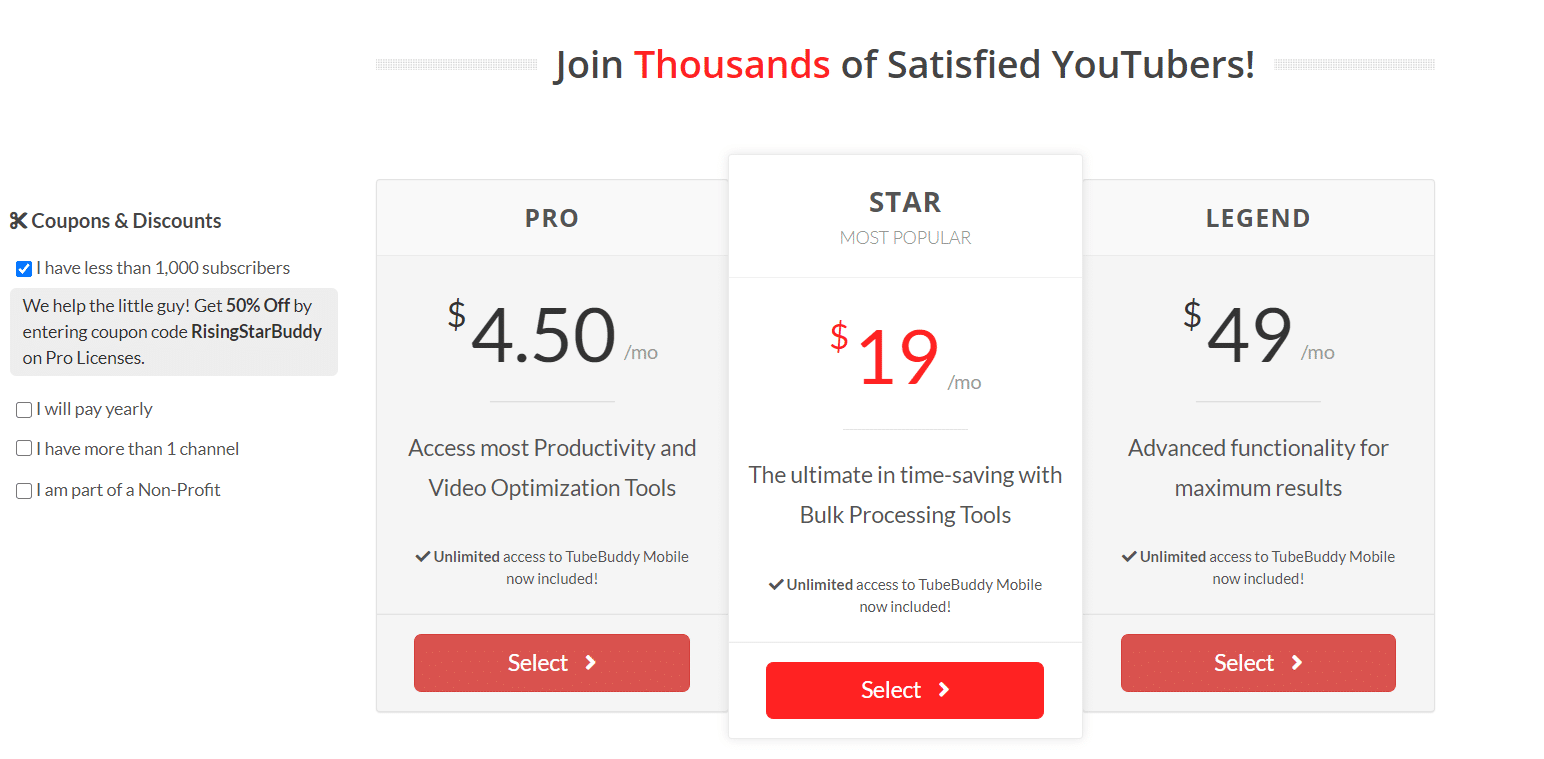
I paid for a month of TubeBuddy to conduct my SEO research for 15+ future videos, which is highly worth the $4.50 if you ask me!
The bottom line is, if you want to get your first 1,000 subs on YouTube from search traffic, you need some form of SEO strategy.
3. Boost Video Watch Time Through Editing
Out of all YouTube SEO metrics, watch time, or how long you retain viewers on your video, is perhaps one of the most important.
After all, the longer people watch your content, the more ads they see! YouTube wants to reward this lucrative behavior, so it should be a priority in your editing process.
When I started out, most of my videos averaged 2 to 3 minutes in watch time. Now, the average is closer to 4 minutes and is a work in progress:
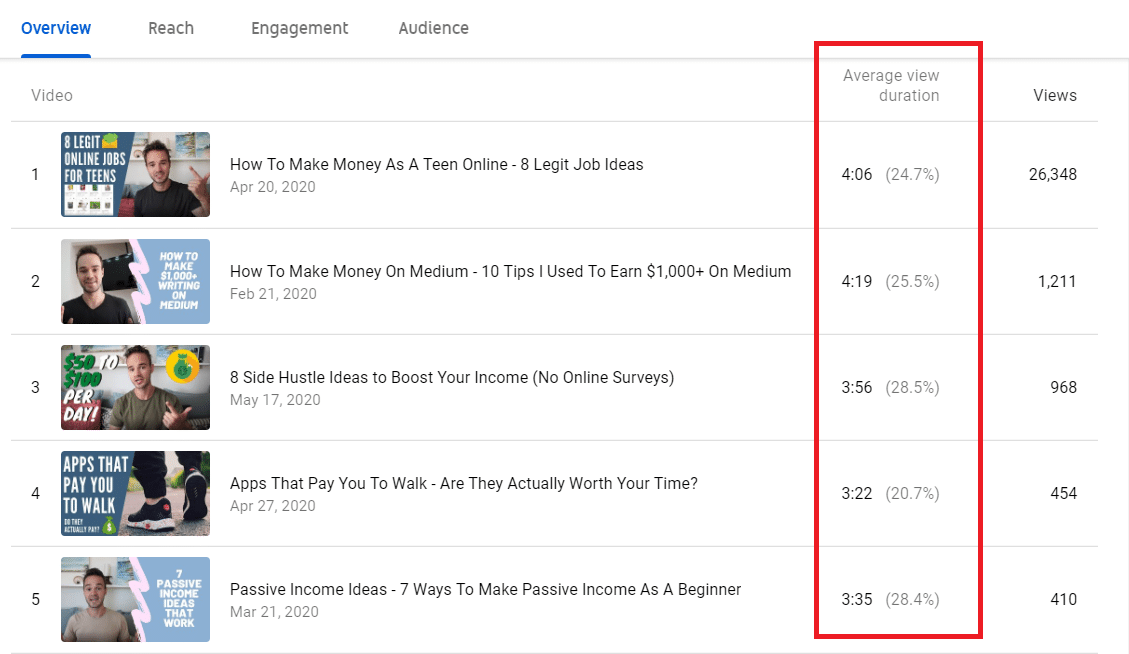
This is slow progress, but I think several changes have helped increase watch time by roughly 25%.
Here's what I've done in the past few videos:
- Have Shorter Intros – People complained in my first videos about rambling, so I now get to the point in under a minute or so.
- Have A Stronger Hook – I'm trying to get better at hooking, and one strategy I've used is to explain what value people can gain by watching the video. I also explain if there are tips for beginners and experts and to stick around until the end, making the video more appealing to a wider audience.
- Upgrade Quality – My first video is an abomination (with strangely high watch time, I'll admit). My following videos were slightly better, but they were too quiet. I recently upgraded to another microphone for my Sony A6000 which has greatly improved audio quality and made editing faster.
Outside of that, I've also started tinkering with editing my videos to help boost audience retention.
Everyone has an attention span, and if your content is mostly you talking, it's hard to keep people from getting bored if you don't use some nifty editing tricks.
After all, have you ever noticed how talk show hosts frequently change camera angles or have a side panel with graphs or other visual elements?
This is done to add new stimuli into the mix to help keep your attention refreshed.

You can easily apply this concept for your videos in post-editing.
One obvious trick is to simply add pop-ups and sound effects throughout your video to provide a break between an endless stream of speaking.
Another idea is to add b-roll footage, which is supplementary footage to your main shot. I generally screen-record articles or apps I'm talking about to create some simple yet informative b-roll content.
Finally, you can also add slight screen jumps throughout your video to give the illusion of camera motion.
To do this, just zoom in slightly on a set of frames and then reset the zoom afterwards to make it seem like the camera is zooming in and out:
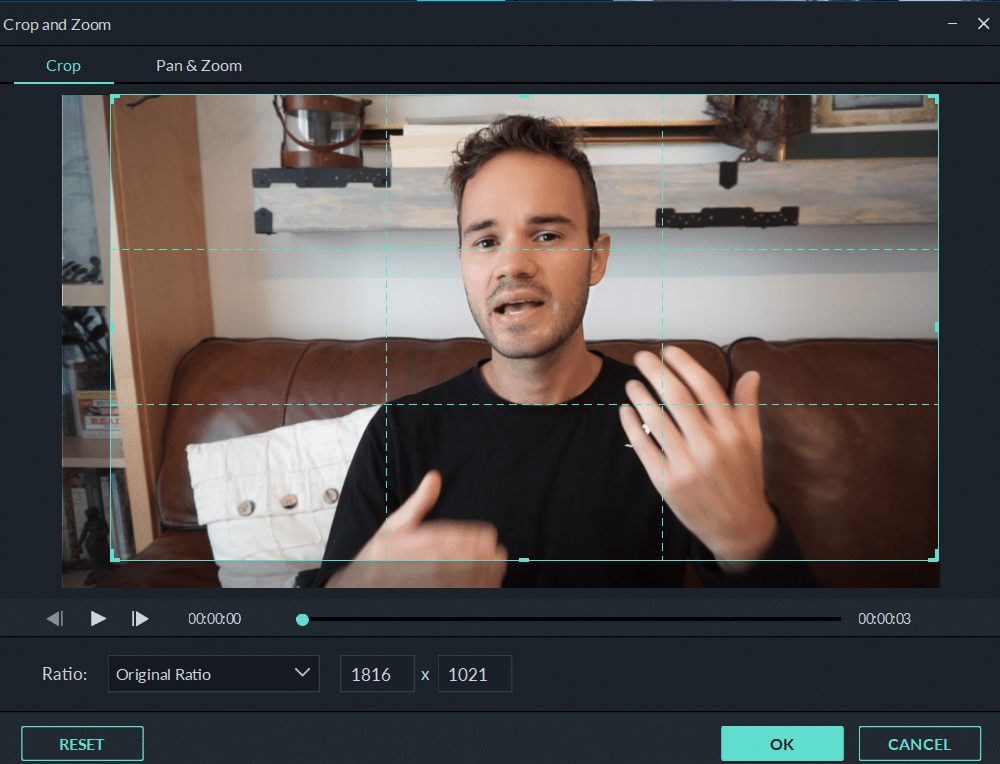
I use Wondershare Filmora for my editing, and the process is pretty simple. However, most video editing software should have some of these basic features!
4. Prioritize EVERGREEN COntent As A Beginner
Once again, I think the parallels between starting a blog and growing your YouTube channel are important to make note of.
If you start either platform by chasing trending content, I think you are doomed for failure 99% of the time.
This makes sense. After all, both algorithms need some time and social proof to trust you, so why would they push your videos for trending content as a new channel?
In reality, I think you're better off to look for juicy keywords surrounding evergreen content – or content that people will always search for.
Then, after you have a base, you can start chasing trending topics when it make senses for your niche.
Take a look at Erika Kullberg's channel for an example:

Erica is another personal finance YouTuber, and she recently skyrocketed to more than 50,000 subscribers after making trending videos about recent stimulus checks.
However, she made 25+ evergreen videos first and built her foundation.
This is the best of both worlds. You get an evergreen base that will gain views for years to come, and you can also strike it big with trending topics.
Obviously, having a video trend on YouTube can change your life.
But as a beginner channel, I don't think chasing clout or trending topics is an efficient use of time and resources.
5. Use Free Traffic Sources
I have a post on the best free traffic sources you can turn to when your advertising budget is a big fat ZERO.
These traffic sources work for blogs, online businesses, and YouTube alike. As long as you find relevant niches to share your content to and know how to self-promote without looking like a jerk, you're golden.
Here's what I do when I publish a video:
- I link drop on a relevant Reddit group.
- I share the video on Quora.
- I Tweet, share on Facebook, and add the video to Mix.com.
- I create a pin for my video and share it on Pinterest.

Occasionally, I include a video in an email blast from WebMonkey as well.
If you take a look at referral traffic for my channel, this honestly doesn't do that much.

But, everything adds up, and if you're struggling to get your first 1,000 YouTube subscribers, free traffic is never a bad idea!
6. Encourage Channel Engagement
Engagement on your YouTube videos is another ranking factor, and you can also influence engagement pretty easily.
Examples of engagement include:
- Likes and subscriptions after watching.
- Your video's click through rate (CTR) for your thumbnail.
- Comments.
I'm pretty abysmal at designing thumbnails, but you can still encourage your viewers to engage with your videos in other ways.
For example, I ask for feedback in every video or for people to answer a specific question. I also do the classic ‘like, comment, subscribe' nonsense because if you never ask, you never receive!
Finally, you can also ask a question in your video description box, in a pinned comment, or both:

Ultimately, the more engagement you can get, the faster you'll gain YouTube subscribers and be favored by the algorithm.
7. Don't Obsess Over Perfection
I think a major threat for any project is to let the fear of perfection stop you from starting.
But, in the words of Salvador Dali: “have no fear of perfection, you'll never reach it.”
My videos aren't great, but they sure are a lot better than the first piece of garbage I uploaded. This is pretty much the case with anything you try in life.
Learn from your initial mistakes and continually improve production quality.
But, don't wait around for the perfect day, or to have $10,000 worth of studio equipment before starting your channel or you'll never get anywhere.
8. Be Consistent
I've heard from several YouTubers that it pays to have a schedule, and that regular uploads are the key to getting your first 1,000 subscribers.
I think this is partly true, but obviously, your content quality is what matters most. Additionally, we're all human, and I think it's safe to say YouTube is a hobby for most of us and not a full-time job.
However, I still think setting some loose schedule is important.
I've set a goal of uploading at least once per week to get my first 1,000 YouTube subscribers, and the process seems to have worked out pretty well.
I didn't stress over exact upload times or anything like that, although I also uploaded most videos on Sunday/Monday.
If you struggle to find the time, my advice would be to batch your content creation somehow.
For some creators, this might mean recording several videos at once, editing on a specific day, and getting a few videos ready to upload at a time.
For me, my routine looks like this:
- Friday – I write a rough YouTube script on my lunch break to help keep my videos succinct.
- Saturday – I wake up early and record. I do minor editing at night to clear out mistakes and trim the video to get it ready for editing.
- Sunday – I add special effects, sounds, and other edits to the video and upload it to YouTube. TubeBuddy SEO research is already done!
Whatever process works for you, go for it. Just remember to refine and optimize as time goes on and to not stress; if you miss an upload, your channel won't disappear.
Final Thoughts
Honestly, there's no concrete answer to how to get 1,000 subscribers on YouTube.
It's really just a mix of quality content, hard work, and time.
However, I hope that these YouTube growth tips help get you there a little faster. For me, the process required about 3 months of work, and I definitely think I got lucky with having my teenager video get some traction.
Regardless of how long it takes you, just ensure you enjoy the process and don't be afraid to take a step back if you're stuck and months of effort haven't produced results.
Once you find your niche and iron out your process, you can easily surpass the 1,000 subscriber benchmark and start making money with YouTube.
Thanks so much for reading! I'll catch you guys in the next one!





